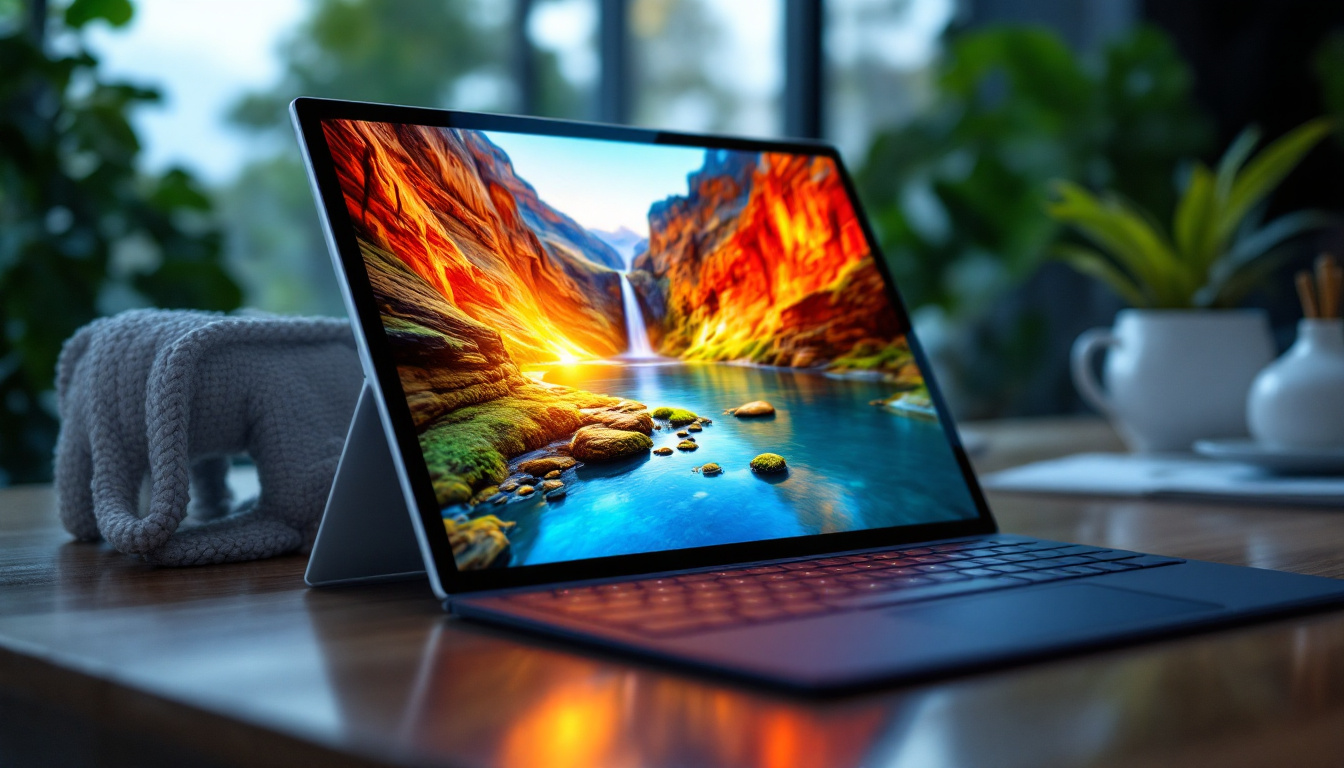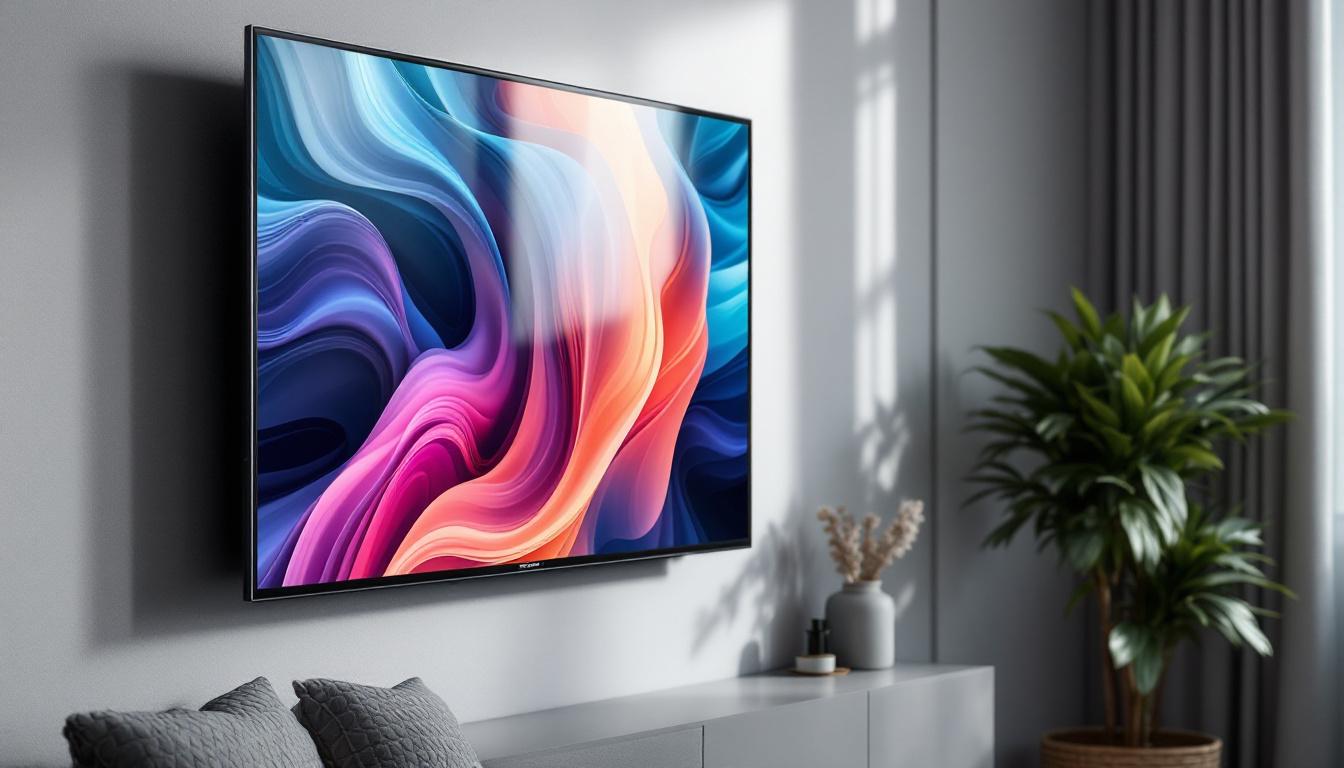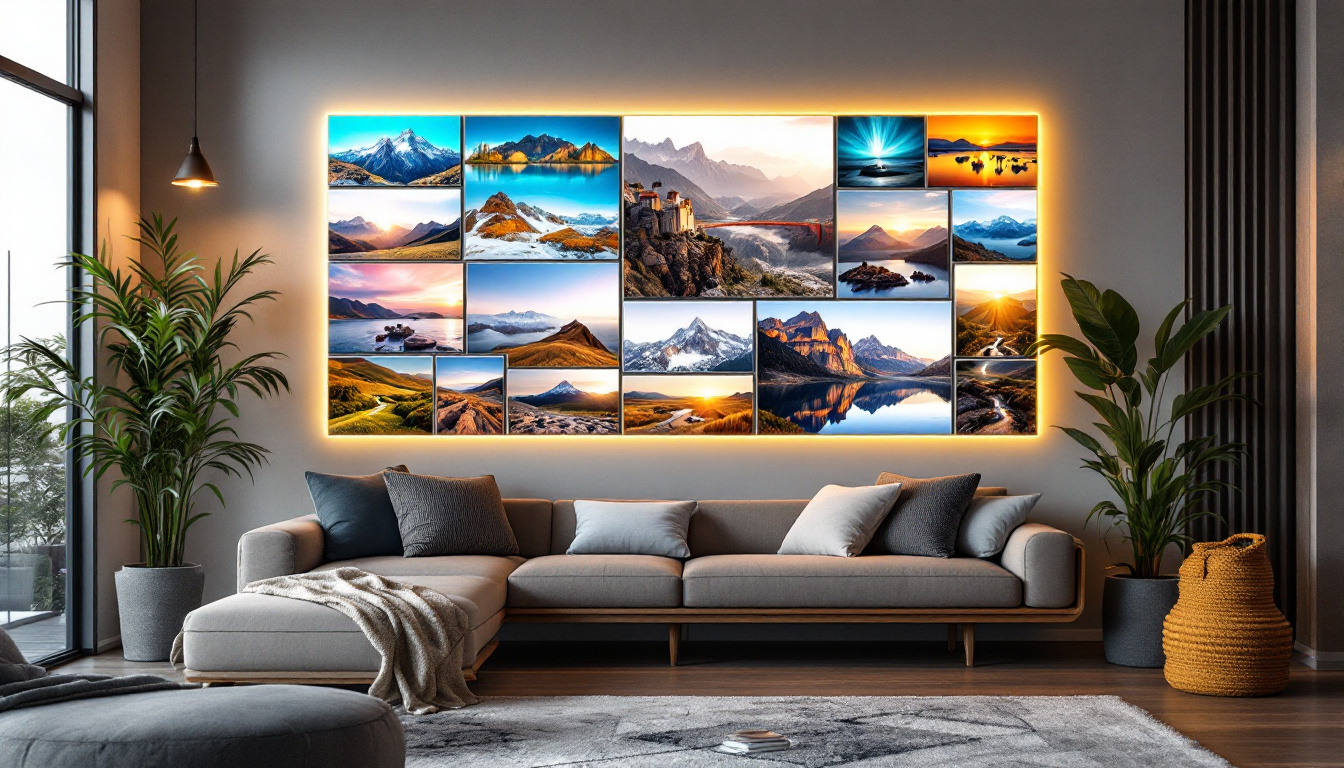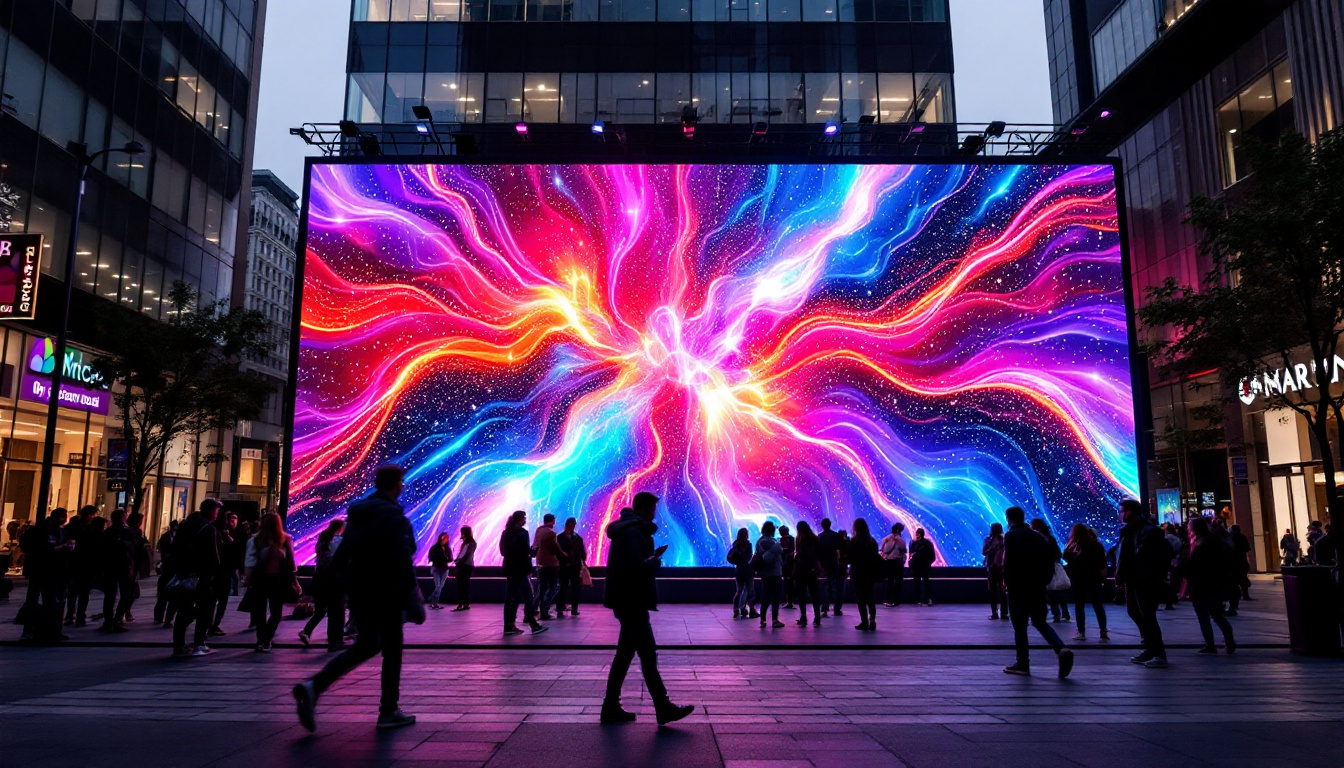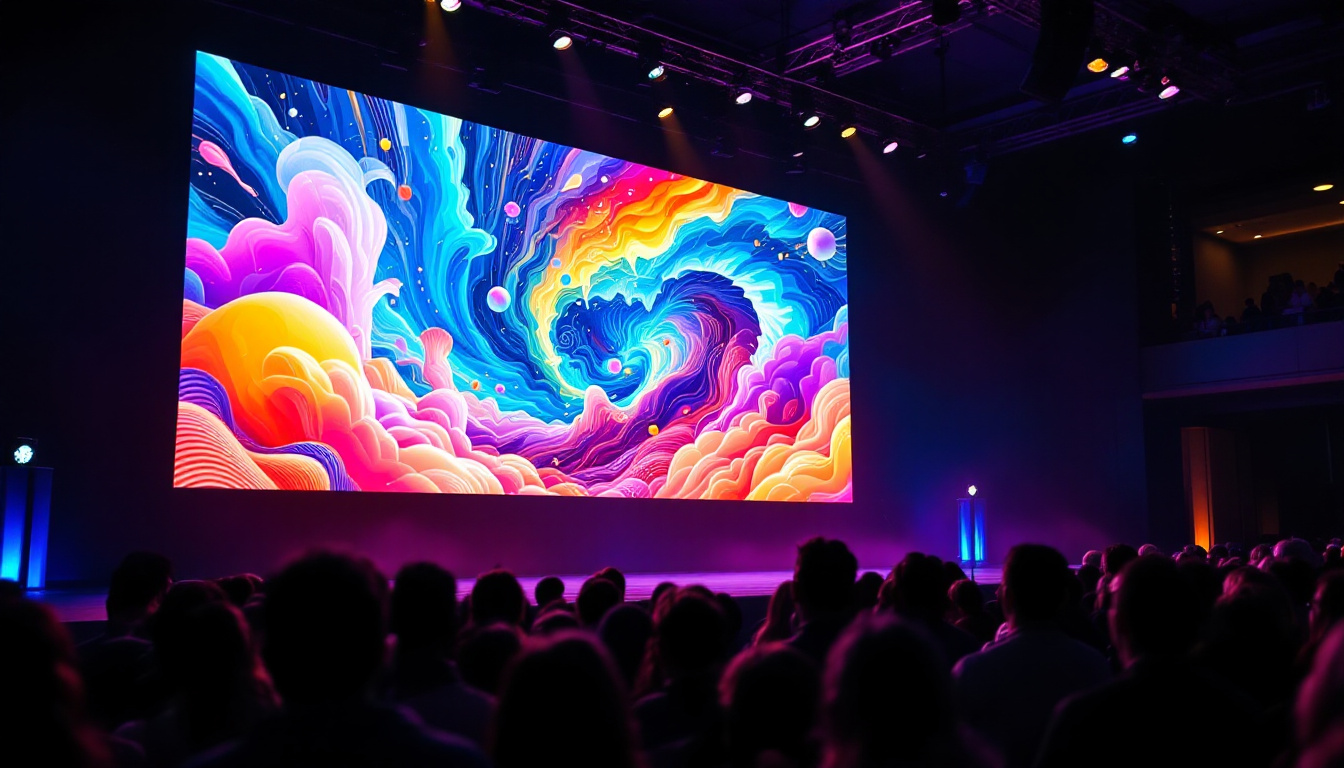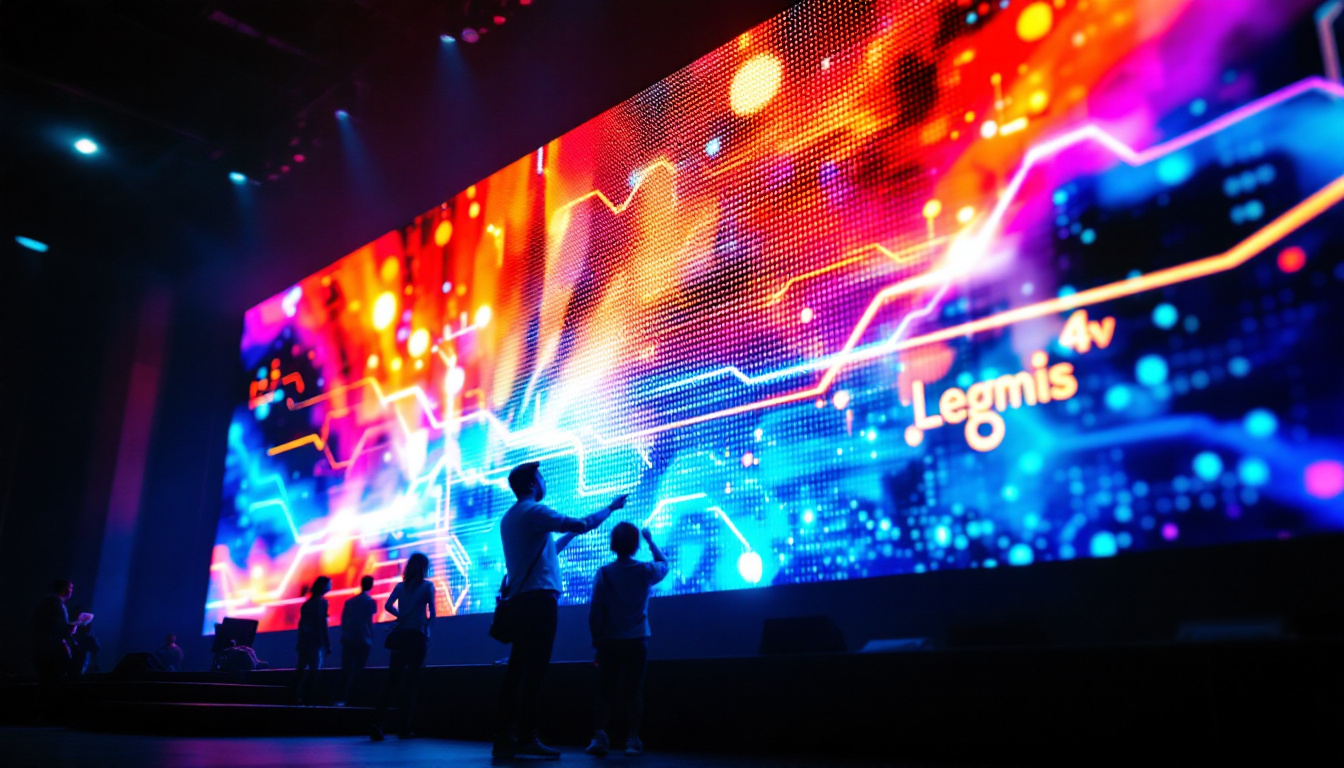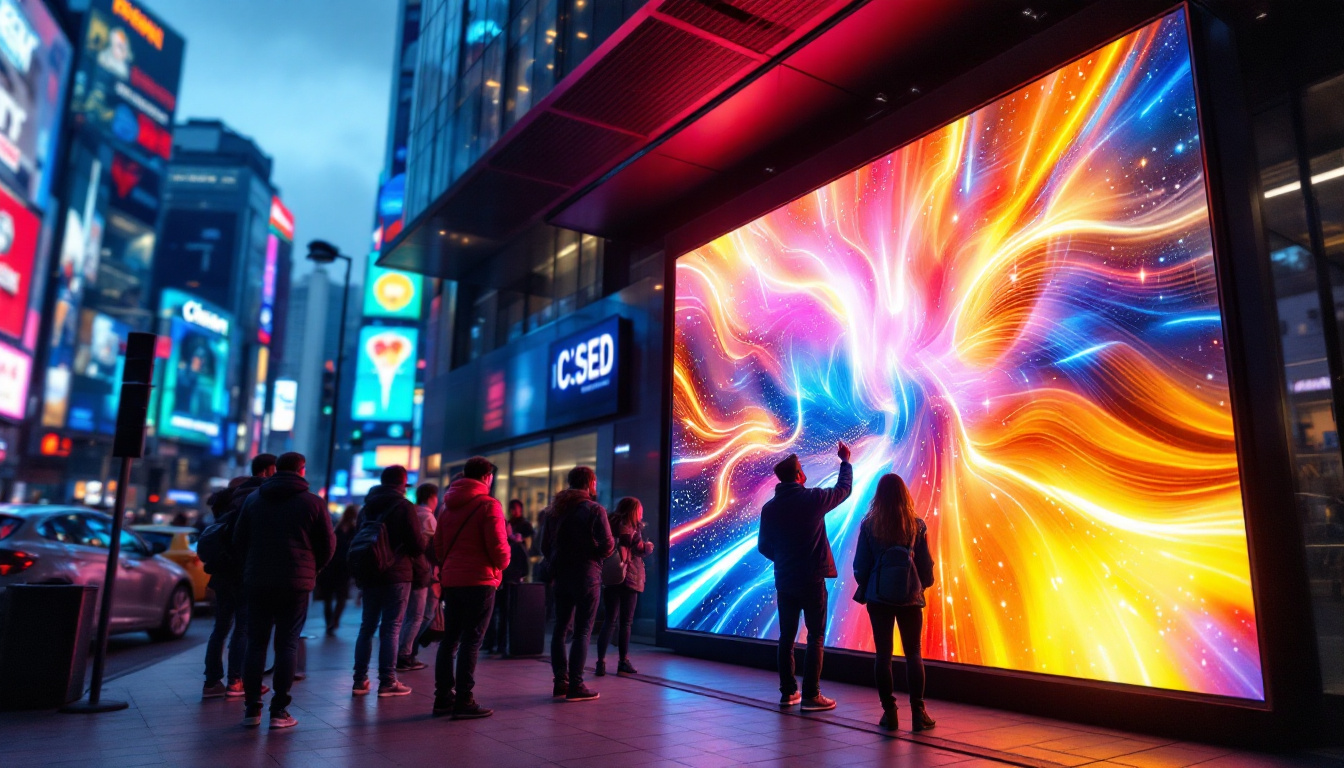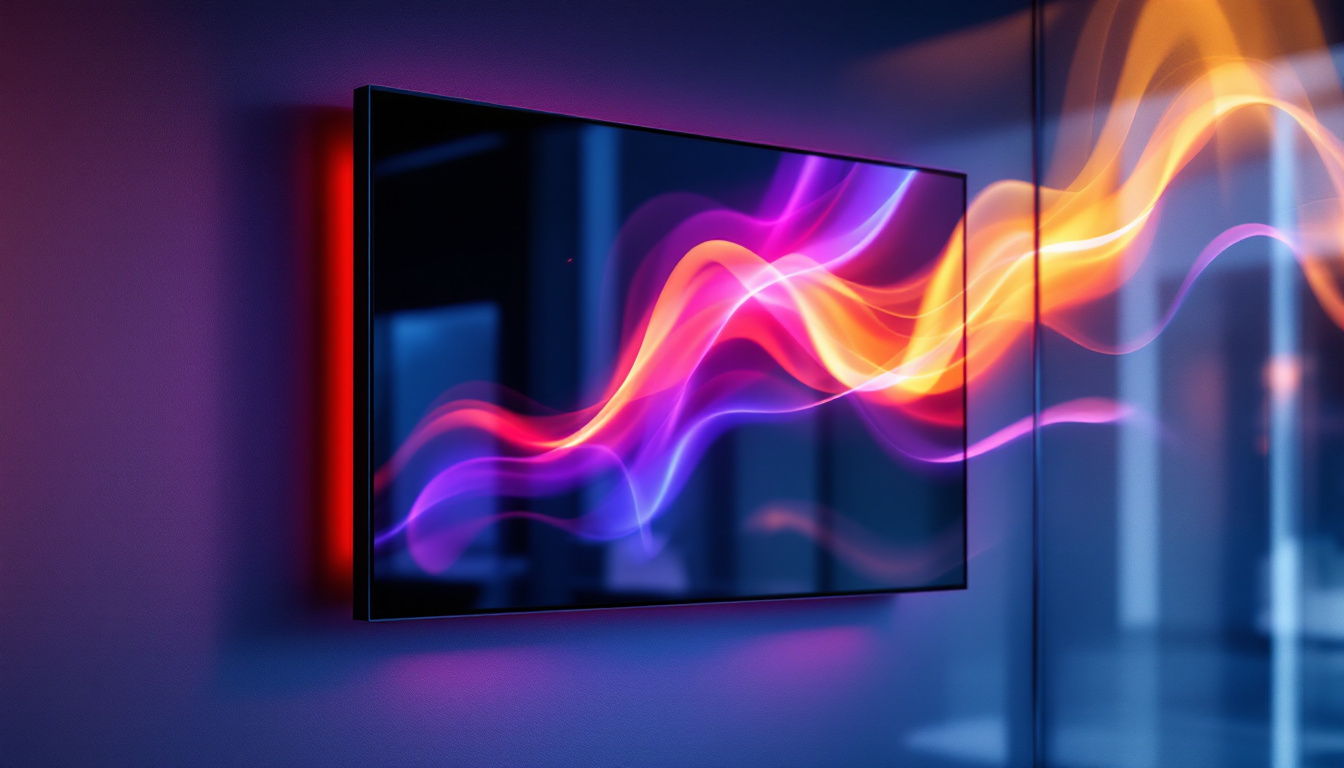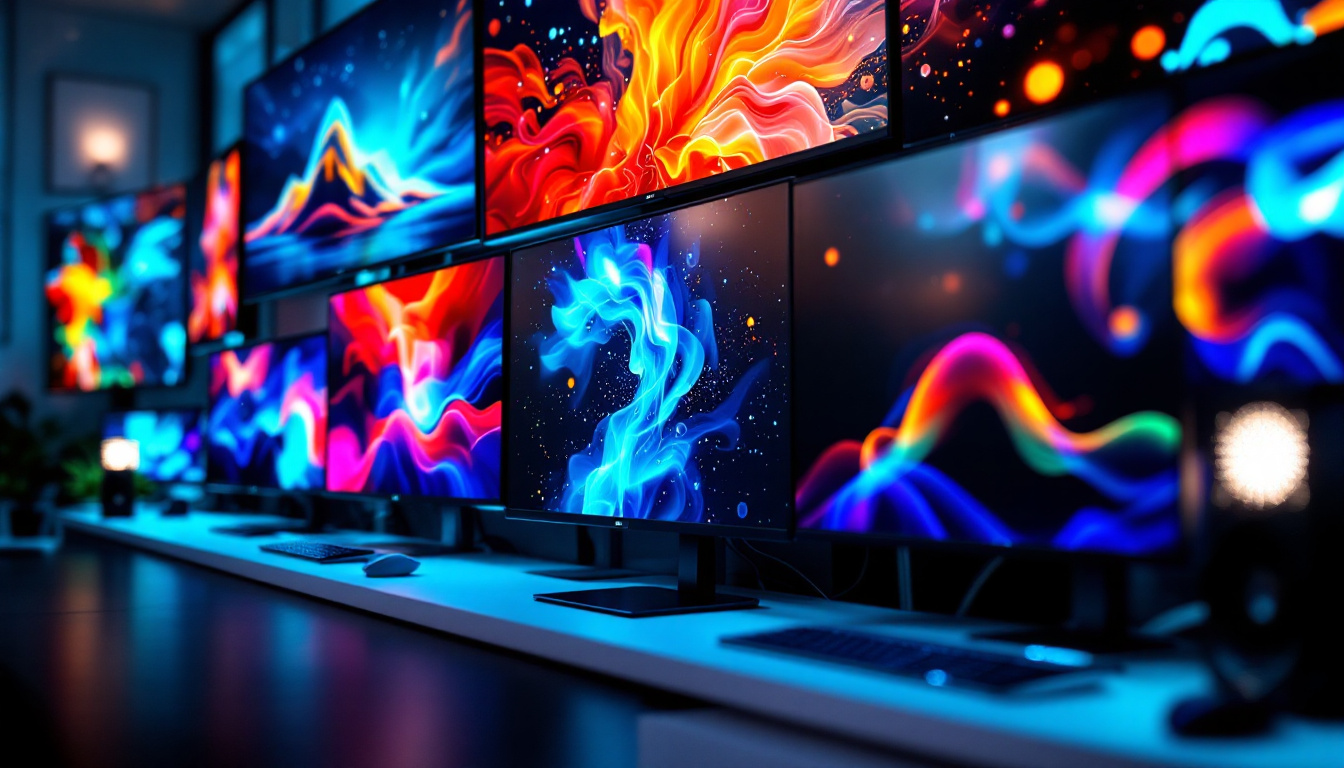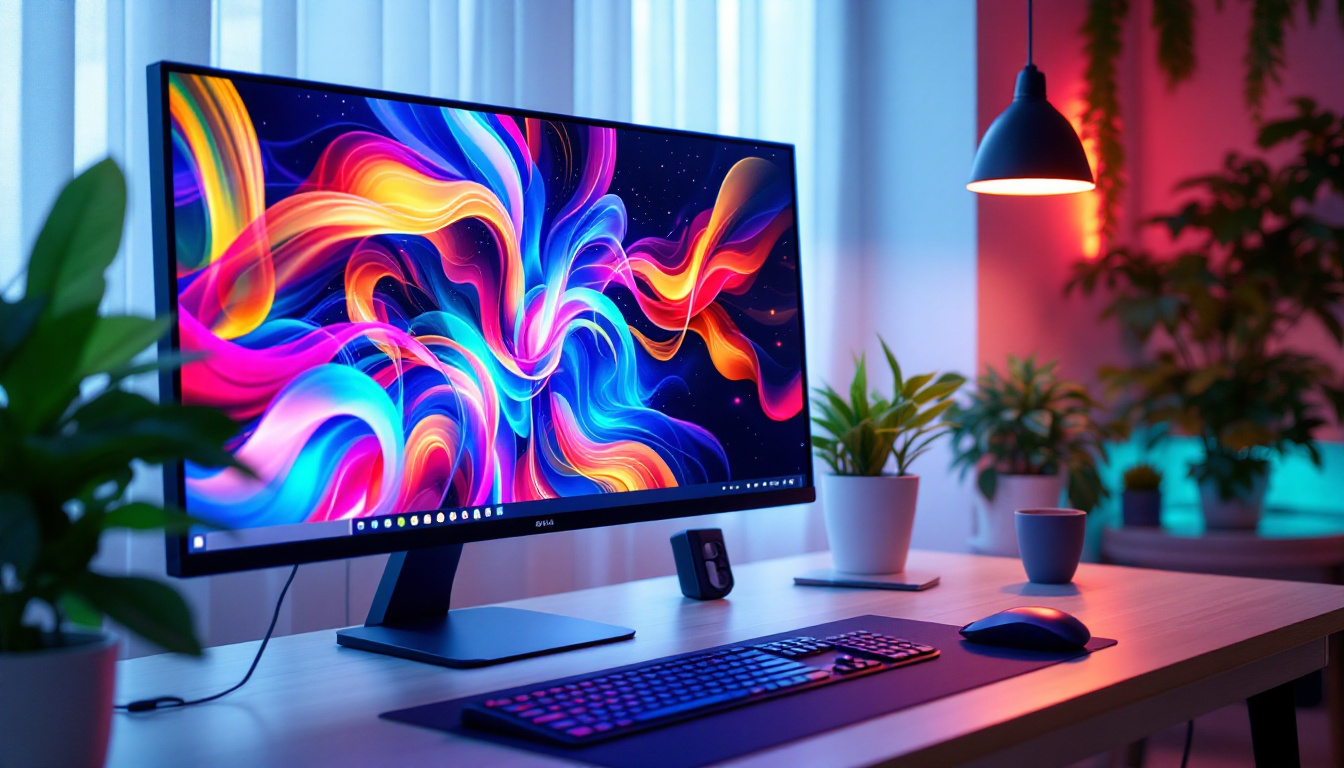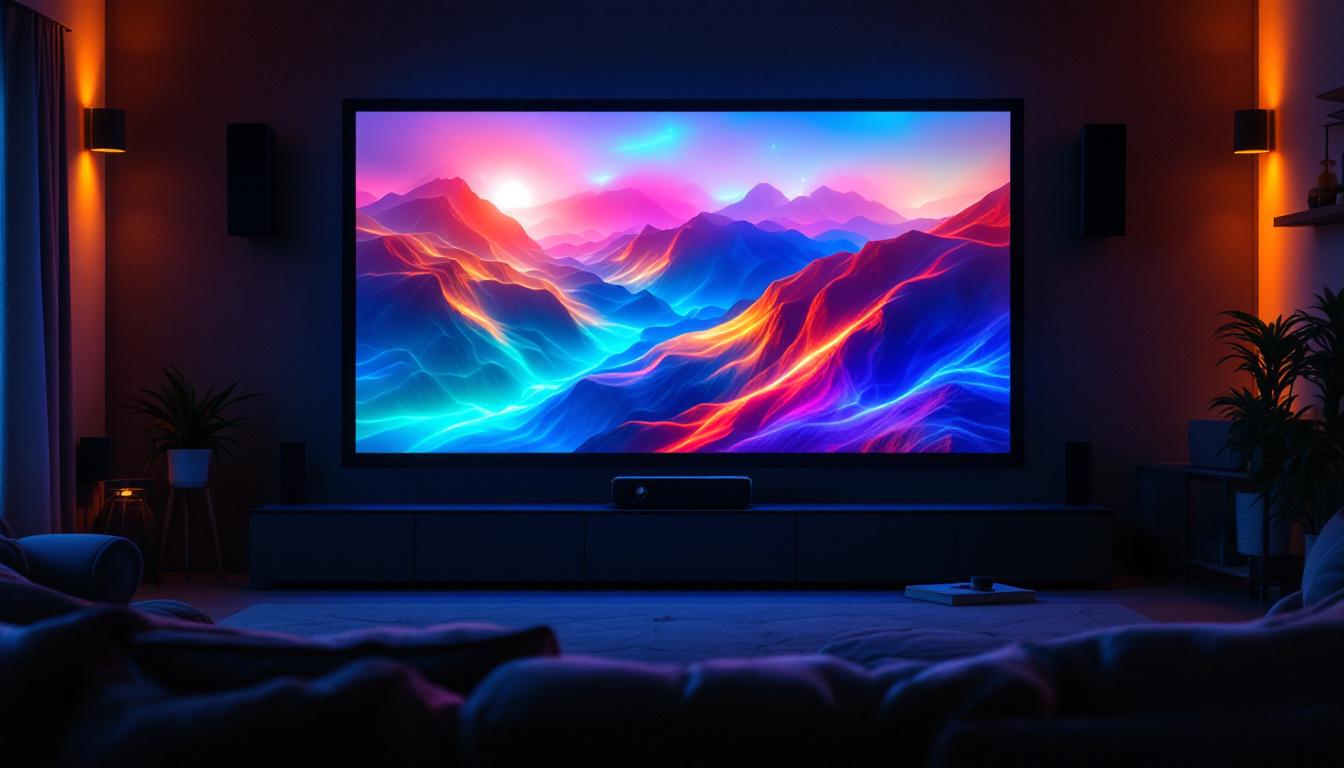The Surface Pro series has become a staple in the world of hybrid devices, blending the functionality of a laptop with the portability of a tablet. One of the standout features of these devices is their impressive screen resolution, which plays a crucial role in user experience. This article delves into the intricacies of Surface Pro screen resolution and the underlying LED display technology, providing insights into how these elements enhance productivity and entertainment.
Understanding Screen Resolution
Screen resolution refers to the number of pixels displayed on the screen, typically represented as width x height. A higher resolution generally means sharper images and more detail, which is essential for various tasks, from graphic design to watching high-definition videos. The evolution of screen resolution has been significant over the years, moving from standard definition (SD) to high definition (HD), and now to ultra-high definition (UHD) and beyond. This progression has transformed how we consume media, work, and interact with digital content, making it a vital aspect of modern technology.
Pixel Density and Clarity
Pixel density, measured in pixels per inch (PPI), is a critical factor in determining how clear and sharp an image appears on the screen. The Surface Pro line boasts high pixel densities, particularly in its later models. For instance, the Surface Pro 7 features a resolution of 2736 x 1824 pixels, resulting in a PPI of around 267. This high pixel density ensures that text appears crisp and images are vibrant, making it easier for users to engage with content without straining their eyes. The benefits of high pixel density extend beyond aesthetics; they also enhance functionality. Designers, photographers, and video editors can work with greater precision, as the fine details of their projects are rendered accurately, allowing for more nuanced adjustments and creative decisions.
In practical terms, this means that whether one is reading documents, editing photos, or watching movies, the experience is visually pleasing. The clarity provided by high pixel density helps reduce fatigue during extended use, making the Surface Pro an excellent choice for professionals and casual users alike. Additionally, high-resolution displays can improve accessibility for users with visual impairments, as clearer images and text can make it easier for them to interact with digital content. As technology continues to advance, the importance of pixel density in enhancing user experience cannot be overstated.
Aspect Ratio and Its Importance
The aspect ratio of a display is the ratio of its width to its height. The Surface Pro devices typically feature a 3:2 aspect ratio, which strikes a balance between productivity and media consumption. This ratio is particularly advantageous for tasks that require vertical space, such as reading documents or coding. The 3:2 aspect ratio has gained popularity among professionals who appreciate the additional vertical real estate it offers, allowing them to view more lines of code or paragraphs of text simultaneously without the need for constant scrolling.
Unlike the more common 16:9 ratio found in many laptops, the 3:2 aspect ratio allows for more content to be displayed vertically. This is especially beneficial for users who often work with long documents or spreadsheets, as it reduces the need for constant scrolling. The wider field of view also enhances the experience when watching videos or playing games, providing a more immersive environment. Furthermore, the versatility of the 3:2 aspect ratio makes it suitable for a variety of applications, from graphic design to web browsing, ensuring that users can seamlessly transition between tasks without feeling constrained by their display. As more devices adopt this aspect ratio, it may redefine how we approach multitasking and content consumption in our daily lives.
LED Display Technology
The Surface Pro series utilizes LED (Light Emitting Diode) technology for its displays, which offers several advantages over traditional LCD screens. LED displays are known for their superior brightness, contrast, and energy efficiency, making them ideal for a device designed for both work and play.
Brightness and Color Accuracy
One of the most notable benefits of LED technology is its ability to produce bright and vibrant colors. The Surface Pro displays are capable of reaching high brightness levels, making them suitable for use in various lighting conditions, including direct sunlight. This is particularly important for users who may need to work outdoors or in brightly lit environments.
Moreover, LED displays offer improved color accuracy, which is essential for creative professionals who rely on precise color representation. Whether editing photos, designing graphics, or watching films, the vivid colors and sharp contrasts provided by LED technology enhance the overall viewing experience.
Energy Efficiency and Longevity
Energy efficiency is another significant advantage of LED displays. Compared to traditional LCD screens, LED technology consumes less power, which translates to longer battery life for devices like the Surface Pro. This is particularly beneficial for users who are frequently on the go and need a device that can last throughout the day without frequent recharging.
Additionally, LED displays tend to have a longer lifespan than their LCD counterparts. This durability ensures that users can rely on their Surface Pro for years without experiencing significant degradation in display quality.
Impact on User Experience
The combination of high screen resolution and advanced LED display technology significantly enhances the user experience on Surface Pro devices. From productivity tasks to entertainment, the quality of the display plays a pivotal role in how users interact with their devices.
Enhanced Productivity
For professionals, the Surface Pro’s screen resolution and display technology facilitate a more efficient workflow. The high resolution allows for multiple windows to be open simultaneously without sacrificing clarity, enabling users to multitask effectively. Whether drafting documents, conducting research, or attending virtual meetings, the display supports a seamless experience.
Moreover, the accurate color representation and brightness levels help professionals in fields such as graphic design and photography to work with confidence, knowing that what they see on the screen closely matches the final output.
Immersive Entertainment
When it comes to entertainment, the Surface Pro does not disappoint. The high-resolution display, combined with the vibrant colors and deep contrasts of LED technology, creates an immersive viewing experience. Whether streaming movies, playing video games, or browsing through photo galleries, users can enjoy their content in stunning detail.
The aspect ratio further enhances this experience, allowing for a more cinematic feel when watching films. The Surface Pro’s ability to deliver high-quality visuals makes it a versatile device for both work and leisure.
Comparing Surface Pro Models
With multiple iterations of the Surface Pro available, it’s essential to understand how screen resolution and display technology have evolved over time. Each model brings improvements that cater to the changing needs of users.
Surface Pro 4 to Surface Pro 7
The transition from Surface Pro 4 to Surface Pro 7 marked a significant leap in screen technology. The Surface Pro 4 featured a resolution of 2736 x 1824 pixels, which was already impressive. However, the Surface Pro 7 maintained the same resolution while introducing enhancements in brightness and color accuracy, thanks to advancements in LED technology.
Users noted that the Surface Pro 7 offered better performance in various lighting conditions, making it a more versatile option for professionals who often work in different environments. The improvements in color accuracy also made a noticeable difference for creative tasks, further solidifying the Surface Pro’s reputation as a top-tier device.
Surface Pro X: A New Era
The Surface Pro X represents a new direction for the Surface Pro line, featuring a custom ARM processor and a slightly different design. Its display maintains the same high resolution as its predecessors, but with an even thinner bezel, providing a more modern look and feel.
Additionally, the Surface Pro X’s display technology has been optimized for better battery efficiency, allowing users to enjoy the same high-quality visuals without compromising on battery life. This model is particularly appealing to users who prioritize portability without sacrificing performance.
Choosing the Right Surface Pro for Your Needs
When considering a Surface Pro device, it’s essential to evaluate individual needs and preferences. The screen resolution and display technology are critical factors, but other aspects such as processing power, storage, and battery life also play a significant role in the overall experience.
For Professionals
Professionals who require a reliable device for work should prioritize models with higher resolutions and improved display technology. The Surface Pro 7 and Surface Pro X are excellent choices for users who need a balance of performance and visual quality, especially in fields like design, photography, and video editing.
Additionally, features such as the Surface Pen compatibility and detachable keyboard enhance productivity, making these models suitable for creative professionals who need flexibility in their work environment.
For Casual Users
Casual users who primarily use their devices for browsing, streaming, and light productivity may find the Surface Pro 6 or earlier models sufficient. These devices still offer impressive screen resolution and display quality, providing a great experience for everyday tasks.
Ultimately, the choice of model should align with individual usage patterns and budget considerations. Each Surface Pro device brings unique advantages, ensuring that users can find a model that meets their specific needs.
Conclusion
The Surface Pro series exemplifies the marriage of high screen resolution and advanced LED display technology, creating devices that cater to both productivity and entertainment. Understanding the intricacies of screen resolution, pixel density, and display technology is essential for users looking to make informed decisions about their devices.
As technology continues to evolve, the Surface Pro line remains at the forefront, offering enhancements that improve user experience. Whether for professional use or casual enjoyment, the Surface Pro delivers a visually stunning performance that sets it apart in the competitive landscape of hybrid devices.
Discover the Future of Visual Experience with LumenMatrix
As you’ve explored the remarkable capabilities of the Surface Pro’s LED display, imagine the potential when applying similar technology to your business or creative projects. LumenMatrix, a pioneer in LED display technology, offers an array of solutions designed to bring your visual communications to life. From Indoor and Outdoor LED Wall Displays to innovative LED Sports and Transparent Displays, LumenMatrix is committed to enhancing your brand’s visibility and audience engagement. Experience the revolution in digital signage and create immersive visual experiences with LumenMatrix’s advanced LED display modules. Check out LumenMatrix LED Display Solutions and see how they can transform your space today.

